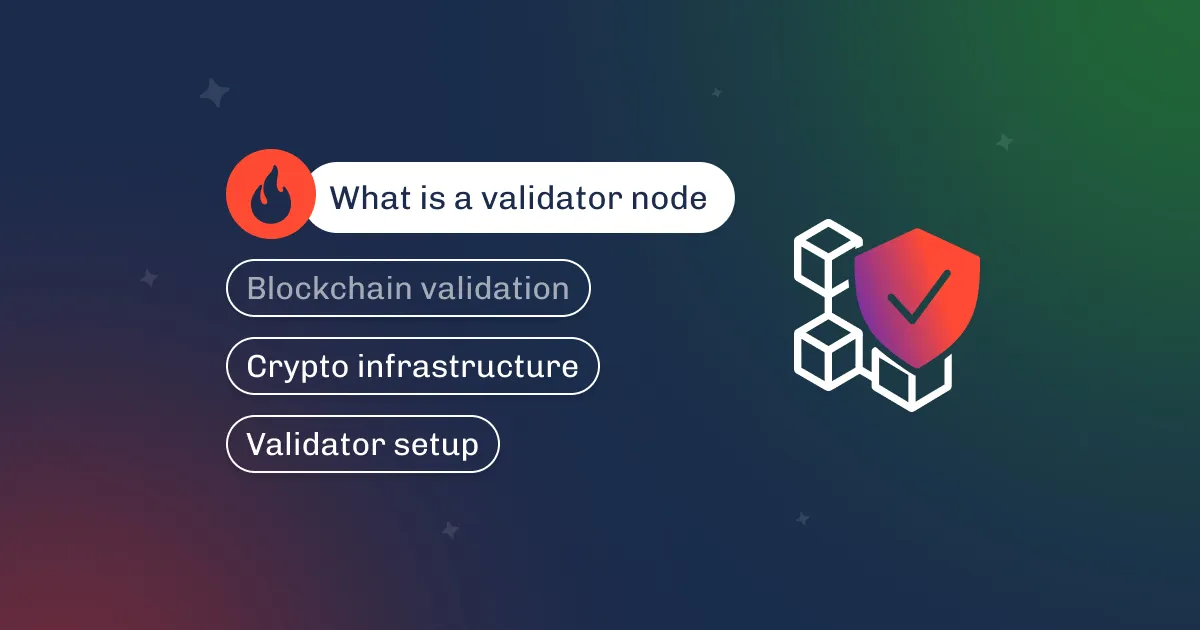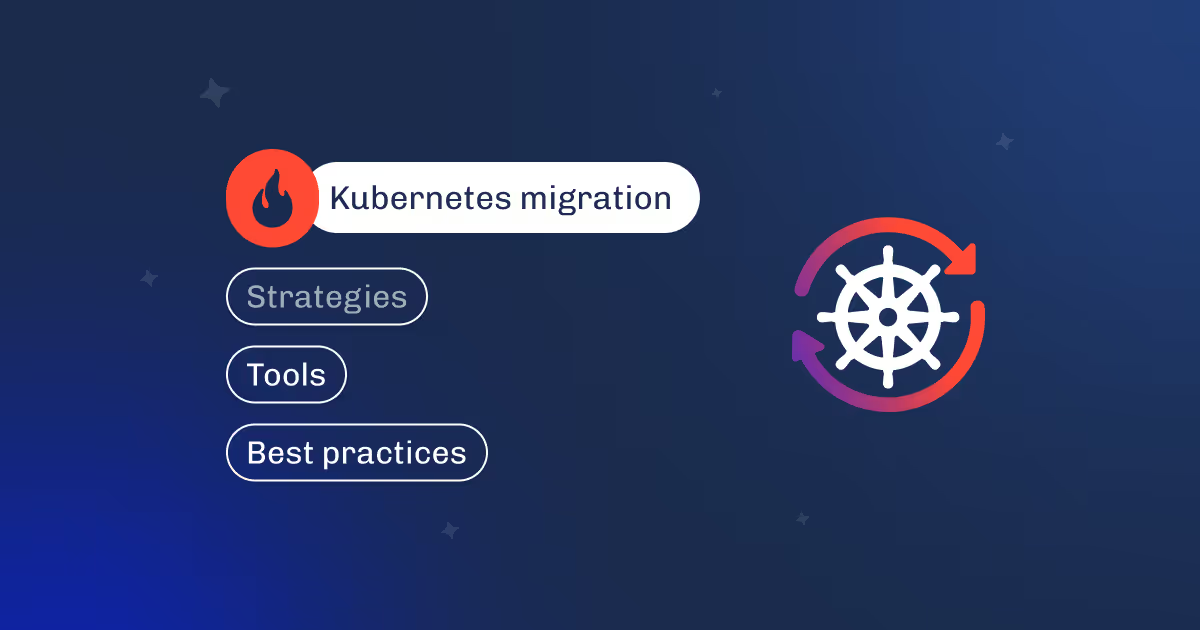

We’ve seen this before. DevOps made software deployment faster, MLOps streamlined machine learning, and now AI agents are forcing another shift in operations.
Unlike traditional software, they react to their environment, learn from interactions, and change their behavior over time. This makes them powerful, but also unpredictable.

If you’ve worked with AI agents, you’ve probably run into these issues:
This is where AgentOps comes in. If DevOps is about managing software, and MLOps is about handling ML models, AgentOps is about keeping AI agents accountable. It tracks their decisions, monitors their actions, and ensures they operate safely within set boundaries.
Without AgentOps, AI agents can behave like black boxes, making choices we don’t fully understand or control.
Let’s break down what AgentOps is, why it’s crucial, and how to use it to manage AI-driven systems effectively.
AgentOps (or AgenticOps) is the practice of managing AI agents throughout their lifecycle, ensuring reliability, transparency, and control in dynamic environments. Unlike traditional software, AI agents continuously adapt, make independent decisions, and interact with users and systems in real time. This complexity introduces challenges in tracking their reasoning, debugging failures, and maintaining predictable behavior.

At its core, AgentOps establishes structured observability, governance, and debugging for AI-driven workflows. It enables detailed logging of agent actions, decision trees, and interactions across APIs, databases, and external systems. By maintaining execution traceability, AgentOps helps identify reasoning flaws, optimize performance, and prevent unintended behavior caused by corrupted memory states or model drift.
AgentOps also integrates automated monitoring and error-handling to improve system resilience. It detects anomalies in agent behavior, flags incorrect responses, and provides mechanisms for intervention or self-correction. This is particularly crucial in multi-agent systems, where agents collaborate, share context, and execute tasks with minimal human oversight.
AI agents operate in dynamic, unpredictable environments, making it difficult to track their decision-making and ensure reliability. AgentOps provides a structured way to monitor, debug, and control these agents at every stage of their lifecycle.
Here’s how it works, step by step:

Before an agent is built, its purpose and objectives must be clearly defined. This phase involves:
Once the objectives are set, the agent is built and refined through multiple iterations. This phase includes:
Once an agent is stable, it is introduced into live environments where it begins interacting with real-world data. This phase focuses on:
After deployment, an AI agent requires constant refinement to stay relevant and effective. This includes:
With continuous monitoring and iterative improvements, AgentOps creates a structured approach to managing AI-driven automation at scale.
Shifting from LLMOps to AgentOps means moving beyond simply managing large language models (LLMs) to overseeing the entire lifecycle of autonomous agents—from decision-making and reasoning to real-world execution. While LLMOps ensures that LLMs generate accurate responses, AgentOps is about governance, accountability, and adaptability in dynamic environments.
Below is a detailed comparison, showing how AgentOps builds upon the foundation of LLMOps to address the unique challenges of autonomous AI agents:
| LLMOps | AgentOps | |
|---|---|---|
| Scope | Focuses on managing large language models (LLMs), optimizing their responses, and fine-tuning model weights. | Oversees the entire lifecycle of AI agents, including decision-making, reasoning, and execution in dynamic environments. |
| Monitoring | Tracks model metrics such as accuracy, latency, drift, and token usage to optimize output quality. | Monitors agent behavior, thought processes, external interactions, and task execution in real-time. |
| Documentation | Primarily documents model training, datasets, and response outputs. | Extends documentation to record agent workflows, reasoning paths, and decisions, ensuring traceability and compliance. |
| Debugging | Focuses on identifying model errors, hallucinations, and inefficiencies during training and inference. | Debugs multi-stage decision-making, tracking agent action chains, context switching, and unexpected behavior. |
| Lifecycle Management | Covers model deployment, fine-tuning, and retraining based on performance degradation. | Manages agent design, orchestration, continuous learning, performance evaluation, and retirement/decommissioning. |
| Interaction Complexity | Generates static responses or contextually relevant text based on input prompts. | Handles multi-agent coordination, complex reasoning, adaptive task execution, and real-world interactions. |
| Dependencies | Relies on LLM APIs, prompt tuning frameworks, and model-serving infrastructure. | Integrates with external systems, APIs, real-time data sources, robotic interfaces, and IoT devices. |
| Goal | Ensures that LLM outputs are accurate, relevant, and aligned with intent. | Ensures that AI agents are reliable, predictable, and auditable across diverse operational scenarios. |
| Tools & Frameworks | Uses model performance monitoring, inference optimizers, and fine-tuning libraries (e.g., LangChain, Weights & Biases). | Incorporates real-time agent monitoring, decision-tracking tools, security auditing frameworks, and orchestration systems. |
| Feedback Loops | Collects user and system feedback to refine model responses and retrain LLMs. | Includes human-in-the-loop validation, continuous self-improvement, and behavioral refinement mechanisms. |

The AgentOps ecosystem is still in its early stages, but it’s evolving rapidly as AI agents become more autonomous, interconnected, and mission-critical. Managing AI agents isn’t just about tracking their outputs—it involves governance, security, communication protocols, memory optimization, and real-time decision monitoring.
AgentOps today consists of several core elements that define how AI agents operate, collaborate, and improve over time:
The "brain" of AI agents, typically powered by LLMs like GPT-4, HuggingGPT, or Falcon. These models enable natural language understanding, reasoning, and decision-making. Emerging domain-specific AI models and Data-as-a-Service (DaaS) solutions are also enhancing agent capabilities.
AI agents need short-term, long-term, and retrieval memory to make context-aware decisions. Technologies like Pinecone and Chroma vector databases store embeddings that help agents recall past interactions and refine future responses.
Agents often rely on external APIs, databases, and function execution frameworks to perform specialized tasks beyond what the LLMs handle natively. Platforms like SLAPA and Relevance AI help integrate self-learning APIs and low-code automation tools.
In multi-agent environments, AI agents must interact seamlessly to complete tasks collaboratively. Communication schemas like Chain of Thought prompting and Reflexion allow agents to share reasoning. Experimental multi-agent frameworks like CAMEL and PumaMart are defining standards for inter-agent coordination.
As AI agents move into production, tracking their activity, enforcing policies, and managing costs becomes essential. There’s ongoing debate on whether monitoring should happen at the agent level or tooling level, but robust security, reliability, and budgetary control measures are critical.
Just as Hugging Face streamlined model deployment, emerging AgentOps platforms are creating marketplaces for selecting, customizing, and launching AI agents with prebuilt workflows and monitoring capabilities.
AgentOps promises better governance, observability, and accountability for AI agents, but rolling it out isn’t a plug-and-play scenario. Managing autonomous agents at scale introduces serious technical and operational challenges that teams must navigate:
Observability doesn’t come cheap. Logging every agent interaction, decision path, and execution event in real-time creates massive data volumes. Balancing cost, storage, and processing power in large-scale, high-frequency environments becomes a critical engineering problem.
LLMs and complex decision-making models don’t explain themselves. They operate like black boxes, making it hard to pinpoint why an agent made a specific choice. Without structured execution logs, context tracking, and event-based debugging, debugging AI-driven workflows can feel like chasing shadows.
The 50/50 problem in AgentOps is about control vs. freedom. Too much autonomy, and agents might deviate from business objectives. Too little, and what’s the point of automation? Striking the right balance—where agents make meaningful decisions but still align with organizational goals—is a constant challenge.
As AI agents become more autonomous and embedded in mission-critical systems, AgentOps must evolve to keep pace.
Future iterations will likely introduce self-observing agents capable of tracking their own decisions, confidence levels, and failure points in real time.
Standardized protocols for event tracing, visibility, and compliance will emerge, similar to how DevSecOps redefined security practices.
Additionally, multi-agent collaboration frameworks will set the foundation for structured communication, enabling agents to delegate tasks, resolve conflicts, and make decentralized decisions efficiently.
Ignoring AgentOps (or AgenticOps) isn’t an option for companies relying on AI-driven automation. Without it, AI failures will lack traceability, making it impossible to audit decision-making. Poorly managed agents will introduce inefficiencies, consuming resources instead of optimizing them.
Most critically, a lack of observability and governance will erode trust in AI, slowing adoption and increasing compliance risks. As AI systems take on greater responsibilities, organizations must ensure they remain transparent, accountable, and capable of operating at scale.
At Dysnix, we’ve seen firsthand how AI agents can either accelerate businesses or break them—and the difference is how well they’re governed.
Need help making AgentOps work for your AI stack?
Our team specializes in scaling AI observability, decision intelligence, and automated governance for high-impact applications.
Want to future-proof your AI workflows?
Let’s talk about integrating AgentOps into your autonomous systems, ensuring your AI is not just functional, but explainable, auditable, and optimized for real-world impact.
Talk to our experts and bring clarity to your AI agents. Let’s build smarter AI, the right way.






